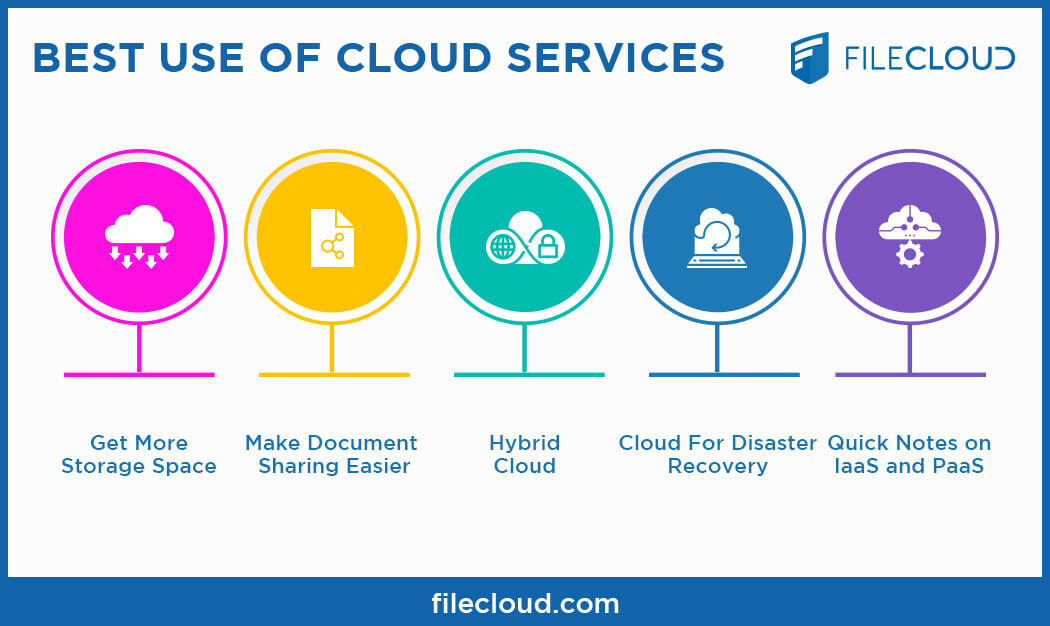Simplify Your Facilities With Cloud Services
As businesses browse the ever-evolving landscape of technology and information monitoring, the function of cloud solutions in simplifying facilities has actually come to be increasingly famous. The attraction of streamlined procedures, boosted performance, and enhanced resource allotment through cloud options is indisputable. The journey towards an extra agile and cost-effective IT framework entails even more than just migrating to the cloud. It calls for a tactical method and a deep understanding of the nuances of cloud adoption. Just how can organizations properly browse this change and absolutely unlock the potential of cloud services for simplifying their facilities?
Advantages of Cloud Solutions
Cloud services supply a streamlined method to managing IT infrastructure, giving organizations with versatility, scalability, and cost-efficiency. One of the essential benefits of cloud solutions is the scalability they use.
In addition, cloud solutions get rid of the demand for services to purchase expensive hardware and software application. This cost-efficiency is a considerable advantage, specifically for little to medium-sized enterprises looking to lessen ahead of time costs. By utilizing cloud solutions, services can access high-grade IT resources without the large price tag connected with traditional framework arrangements.
Furthermore, cloud services give services with the adaptability to access their information and applications from anywhere with a web connection. This degree of ease of access enhances collaboration amongst groups, allows remote work, and boosts general productivity. The adaptability supplied by cloud services encourages companies to adjust quickly to changing market conditions and customer demands.
Price Financial Savings and Scalability
Along with the operational benefits highlighted earlier, the assimilation of cloud services right into a company's framework brings forth considerable cost financial savings and enhanced scalability. Cloud services use a pay-as-you-go design, allowing companies to scale resources up or down based upon existing needs, thus preventing the costs connected with keeping excess capability. This versatility makes it possible for companies to adjust quickly to varying demands without incurring unnecessary expenses.
Additionally, cloud services remove the requirement for ahead of time investments in software and hardware, minimizing capital investment. Operating budget are also lessened as companies no more need to handle and keep physical web servers, causing lower energy intake and IT staffing costs. Furthermore, cloud services give automated updates and upkeep, making sure that the facilities continues to be current and protected without needing hand-operated treatments.
Improved Safety And Security Measures
Carrying out rigorous safety procedures is critical when integrating cloud solutions into a company's infrastructure to make certain and secure sensitive information compliance with sector laws. Cloud service suppliers supply enhanced protection attributes such as information security, firewall software defense, and multi-factor authentication to alleviate cybersecurity dangers. Security helps shield data both at rest and in transit, guaranteeing that just accredited users can access sensitive info. Firewall softwares function as a barrier between interior networks and external hazards, surveillance and controlling outgoing and inbound network web traffic. Multi-factor authentication adds an added layer of safety by calling for customers to provide multiple types of verification prior to accessing the cloud solutions.
Moreover, regular protection audits and conformity analyses assist recognize susceptabilities and guarantee adherence to market standards. Business can also take advantage of functions like computerized protection updates and real-time threat tracking offered by cloud company. By prioritizing security steps and staying proactive in resolving potential threats, companies can confidently take advantage of cloud services while safeguarding their beneficial information from unapproved access or breaches.
Transitioning to Cloud Framework
To effectively integrate cloud solutions into a company's framework, an organized approach that resolves the shift in the direction of cloud-based solutions is vital. go now Transitioning to shadow framework includes careful preparation and implementation to make certain a smooth movement procedure - Cloud Services.
Once the evaluation is complete, a movement technique must be developed. This approach must lay out the timeline, sources, and responsibilities for moving each component to the cloud. It is vital to connect this strategy clearly to all stakeholders to make sure positioning and minimize disturbances throughout the shift.
During the migration monitoring, testing and process are critical to identify and attend to any problems immediately. Normal checkpoints should be developed to track progress and make needed changes. Additionally, training for staff members on utilizing cloud services must Learn More Here be given to ensure an effective shift and make best use of the benefits of the new framework.
Finest Practices for Cloud Fostering
Successful fostering of cloud solutions pivots on the calculated placement of company goals with technological capabilities and organizational readiness. To make certain a smooth shift to the cloud, organizations need to start by carrying out a detailed assessment of their existing framework and recognizing which work are best matched for cloud movement. It is crucial to involve essential stakeholders from different divisions in the decision-making process to acquire buy-in and resolve any type of concerns early.
One more ideal technique for cloud fostering is to prioritize safety and conformity. Organizations should thoroughly evaluate the security procedures supplied by cloud company and guarantee that their information is secured according to sector standards and governing requirements. Applying durable data file encryption, gain access to controls, and regular security audits can assist minimize risks associated with cloud adoption.
Conclusion

As businesses navigate the ever-evolving landscape of innovation and data monitoring, the role of cloud solutions in simplifying infrastructure has actually ended up being significantly popular - cloud services press release. Exactly how can businesses efficiently navigate this transition and truly open the potential of cloud services for streamlining their infrastructure?
Cloud services offer a streamlined method to handling IT facilities, offering businesses with adaptability, scalability, and cost-efficiency. By using cloud solutions, businesses can access high-quality IT resources without the large cost tag connected with conventional infrastructure arrangements.
To guarantee a smooth change to the cloud, organizations ought to begin by performing a detailed assessment of their current framework and identifying which work are best suited for cloud movement.